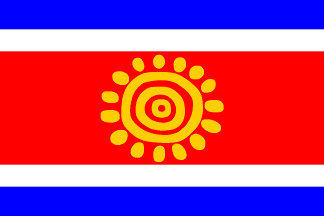The flag of Angola is unique in its design and has a simplistic, yet aesthetically pleasing symmetry to it.
The current flag of Angola has been in use since the Republic of Angola’s independence in 1975 from Portugal. After more than a decade of anti-colonial struggle during the Angolan War of Independence, the country adopted a flag based on the ruling party’s flag.
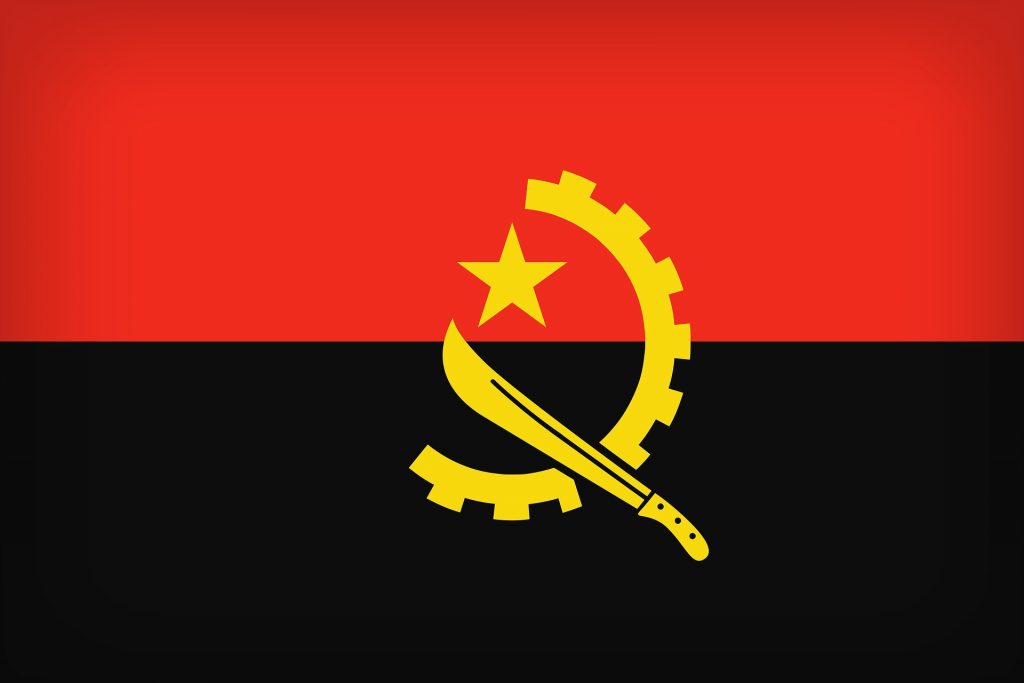
The colours
The flag is divided into two equally divided red and black stripes just as in the ruling party MPLA flag. The main difference is that the MPLA’s yellow star is replaced with a smaller star, half a gear, and a machete. This design is supposed to echo the Soviet flag’s influence as the MPLA had to pay homage to the Soviets for their support.
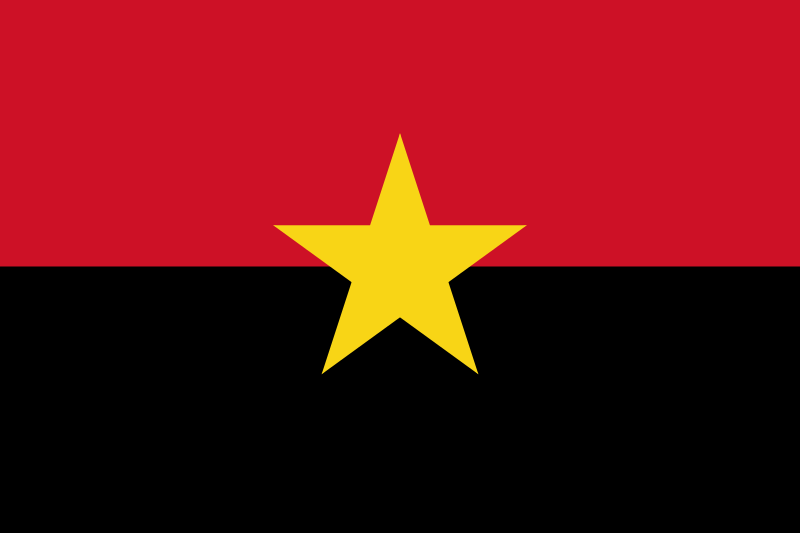
The vexillology of the flag tells the story of national liberation. Black stands for Africa. Red stands for the blood that was shed for independence. Yellow stands for prosperity. Now we can see how the symbols in the centre model the Soviet pattern: the gear for the industrial workers, and machete for the agrarian peasantry. The yellow star on top does not stand for the party though, it stands for international solidarity. We can see this pattern through history as many countries modelled their flags off of Soviet symbols and themes; all of these paying homage to the industrial proletariat as well as the peasantry.
As we can see below, the flag of the National Liberation Front of South Vietnam–known as the Viet Cong- has a similar design. It’s up to debate whether the Viet Cong design influenced the MPLA’s flag.
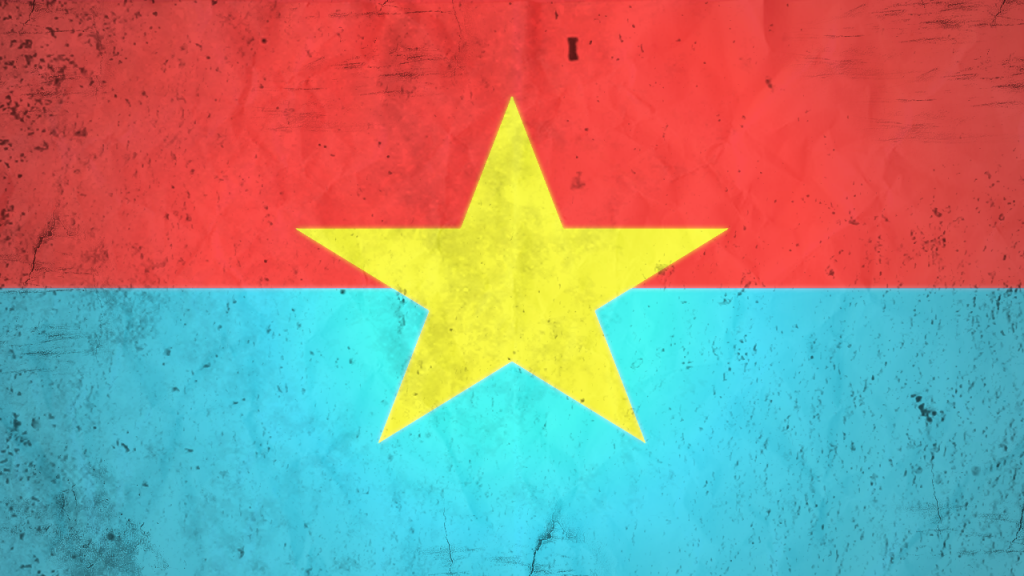
History of the Flag of Angola
The Popular Movement for the Liberation of Angola—Movimento Popular de Libertação de Angola— (MPLA), became the ruling party and established a Marxist-Leninist one-party state after victory. Remember, this all happened at the height of the Cold War, so you had the typical proxy war drama occurring here, as you did everywhere. The Soviet Union and Cuba supported the MPLA, while the United States and South Africa both supported the National Union for the Total Independence of Angola (UNITA) União Nacional para a Independência Total de Angola. The US also supported the MPLA’s other rival, the National Liberation Front of Angola, or, Frente Nacional de Libertação de Angola. These movements have quite long names, don’t they? One more interesting note, the People’s Republic of China temporarily supported the UNITA, until the US eventually replaced their aid. I guess the PRC was still feeling a bit salty after the Sino-Soviet split in 1956. These factions also fought each other once the Portuguese were gone in the ongoing civil war that ended in 2002.
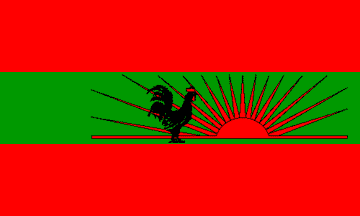
After the fall of the Soviet Union, the MPLA moved itself ideologically away from Marxism-Leninism and more towards social democracy and centre-left politics. It still retains the traditional MPLA imagery, as it is still the dominant party in Angola’s legislature.
Proposals
There have been several proposals to have a new flag which is void of any ideological symbolism. One of the proposals consists of the black, green, and red pan-African colours. This design was rejected for not being creative enough. The intent was to create a flag that represents the unique struggle and story of the Angolan people’s independence and the following civil war.
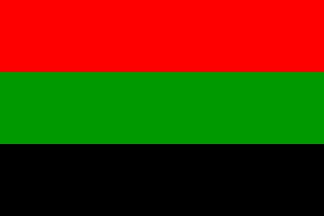
Next, we have a design that consists of blue, white, and red stripes. They stand for freedom, peace, and solidarity respectively. A sun is present in the centre as shown in the picture. This flag was not adapted due to internal politics about mentioning flag symbolism in a new constitution. As we all know, politics makes things sticky no matter what country you’re in. That’s why the flag of Angola remains the same. Well, there you have it!
